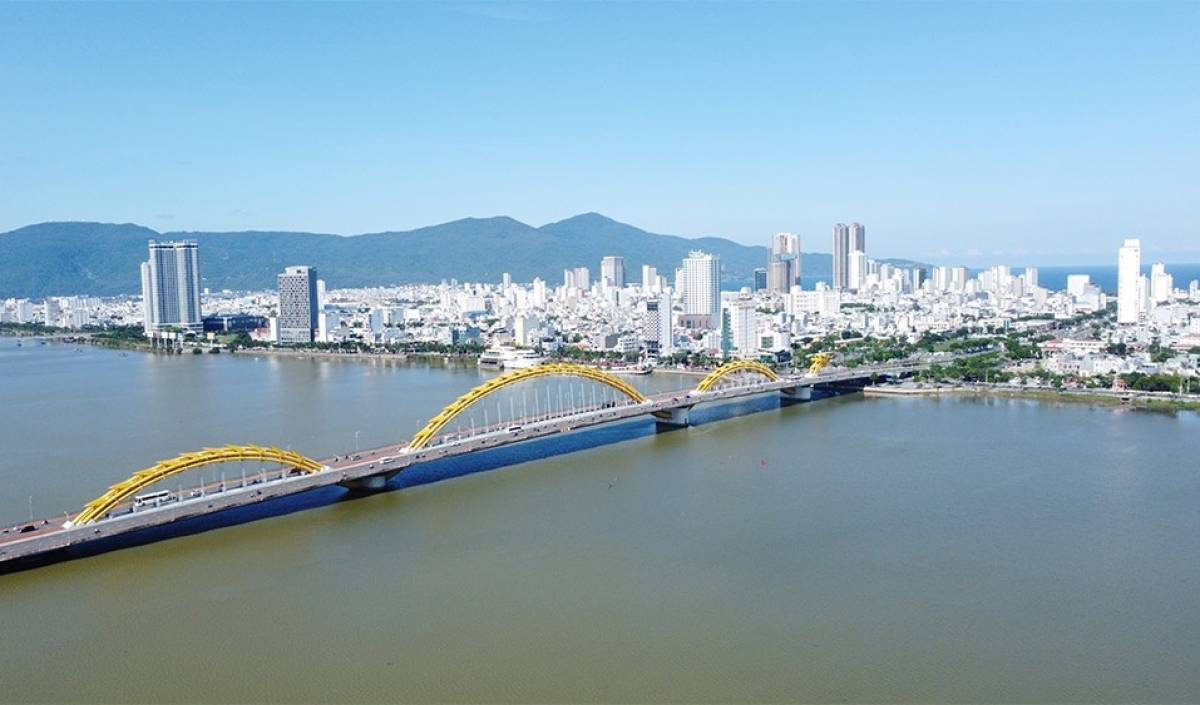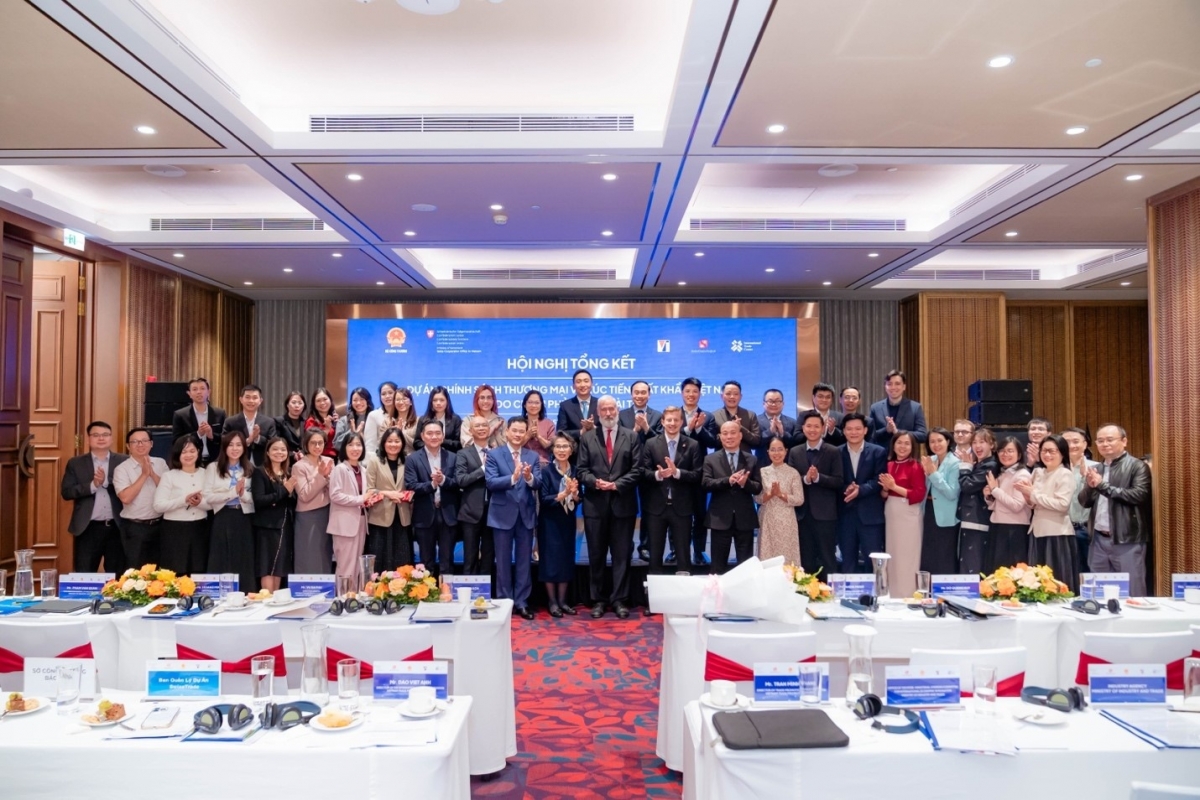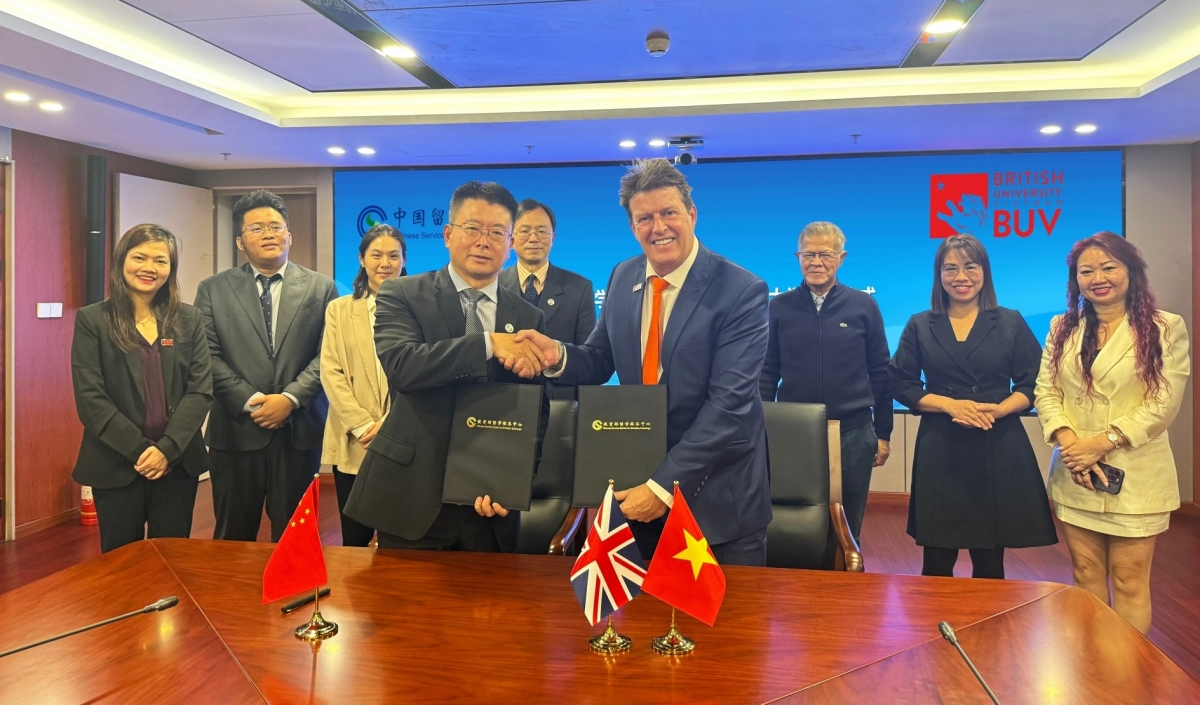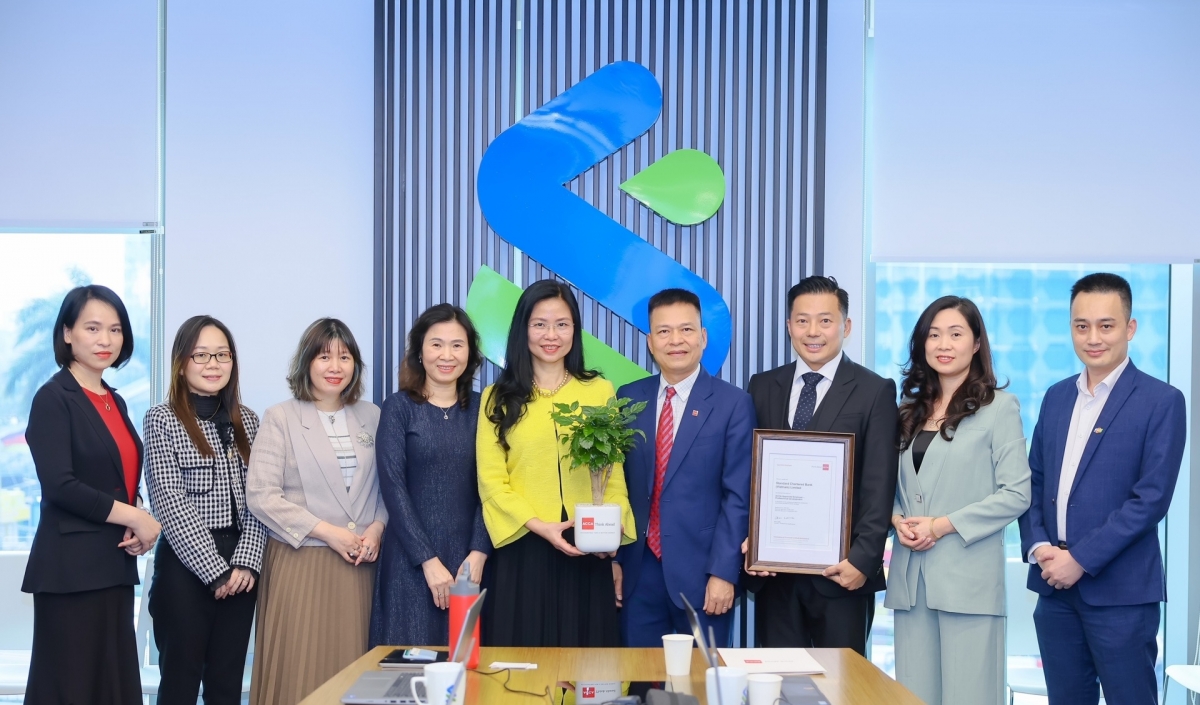INTERNATIONAL INVESTMENT
AND PORTAL
What have been the biggest impacts of the UK-Vietnam Free Trade Agreement (UVFTA) on cooperation between the two countries over the past year or so?
 Nguyen Canh Cuong, trade counsellor at Vietnam’s Embassy to the United Kingdom
Nguyen Canh Cuong, trade counsellor at Vietnam’s Embassy to the United Kingdom
The UVFTA has become very big leverage for both nations’ trade cooperation as it has created strong spillover effects not only in trade but also in investment inflows into Vietnam from the UK and vice versa.
Two-way trade in 2021 bounced back to $6.6 billion after a remarkable reduction in 2020 and 2019. Many Vietnamese exports saw high growth, such as agricultural products (67 per cent) and pepper (49 per cent). Meanwhile, Vietnam’s imports from the UK increased positively by 23.6 per cent on-year in 2021.
Moreover, according to Vietnam’s Ministry of Planning and Investment, last year saw 48 direct investment projects from the UK into Vietnam, newly registered at over $353 million – up 157 per cent on-year, creating an accumulative registered capital of $4 billion. Currently, the UK is among the top 15 foreign investors in Vietnam.
These figures show that the UVFTA has become a real two-way expressway facilitating bilateral trade and investment in a more balanced manner. These results allow us to feel upbeat about the UVFTA’s positive impact on both Vietnam and the UK.
Could you elaborate on the grand prospects in trade for the business community in Vietnam?
Growing demand for consumption goods in the UK will create more opportunities for exporters in Vietnam, and both governments will continue administrative reforms in favour of enterprises.
The UVFTA will offer incentives for many types of goods from Vietnam. Accordingly, the UK will reduce 99.2 per cent of import tariffs within six years, making it quite favourable for Vietnamese goods.
Furthermore, the UK also provides Vietnam with a quota of supplementary tariffs, with the latter allowed to export a number of supplementary goods volumes into the former, free of charge, for 14 types of goods including rice, and 36 Vietnamese geographical indicators to be protected in the UK, such as Ban Me Thuot coffee and Phu Quoc fish sauce.
The UVFTA is offering big trade benefits to Vietnam in a quick and direct manner. Firstly, the UK boasts a very big market which has an annual average import turnover of $700 billion from many sources worldwide. And secondly, the UVFTA offers no import tariffs for products sourced from Vietnam either immediately or under roadmaps with relatively quick tariff reductions of 1-8 years.
In addition, the agreement has created competitive advantages for many Vietnamese products such as agricultural and aquatic products, footwear, wooden products, and rubber products, as compared to the same products from China, Thailand, India, Brazil, and elsewhere, which are big trade rivals of many Vietnamese products. However, these nations have yet to have an FTA with the UK.
What items have benefited from the UVFTA’s tariff cuts?
Items with the immediate exemption of non-quota import tariffs include coffee, rambutan, mango, litchi, longan, dragon fruit, coconuts, and pickles. Other items include shrimp, tuna, groundfish, fragrant rice, cassava starch, and other agricultural products. However, the export of these items from Vietnam to the UK remains limited due to the far geographical distance and high shipping charges since early 2021.
Industrial products with immediate tariff exemptions embrace bags, wallets, suitcases, protective shoes and sports shoes, underclothing, bathrobes, nightclothes, swimwear, shawls, gloves, leggings, and kids’ clothing.
Many Vietnamese enterprises have taken advantage of tariff incentives to increase exports. However, many small- and medium-sized enterprises with no partners remain new to the UK market. In 2021, Vietnam exported only 5,000 tonnes of fragrant rice to the UK, which is quite humble as compared to the demand of British importers and capacity of Vietnamese exporters.
Since the UVFTA took effect, what challenges have faced Vietnam-based enterprises in Vietnam and how can they be overcome?
The biggest challenge is credibility for British distributors, who are mostly cautious. I know there are British businesses that accept buying Vietnamese goods through traders from the Netherlands, Belgium, France, Singapore, or Hong Kong, based on long-term credibility and ability to manage the supply chain or risk management of their customers.
The second challenge is the difficulty in participating in fairs in the UK to find customers because of high costs. To overcome this difficulty, Vietnamese businesses need the support of the Vietnam Trade Promotion Agency (Vietrade) under Vietnam’s Ministry of Industry and Trade. The Vietnam Trade Office in the UK can also advise on choosing a fair and have solutions to reduce the cost of attending the fair for businesses. Participating in the fair is an indispensable part of the go-to-market plan.
The third challenge is administrative procedures. For example, the process of applying for a certificate of rice varieties in Vietnam and applying for a license to import rice in the UK is not really convenient as expected by businesses of the two countries.
Some British importers hesitate to buy Vietnamese rice because they are afraid that Vietnamese exporters will not promptly send the necessary certificates, including the certificate of fragrant rice variety, before the ship arrives at the port. To help businesses overcome this obstacle, the relevant management agencies of the two countries need to respond to business requests faster with simpler procedures.
The fourth challenge is that sea freight rates could continue to rise due to the soaring oil prices this year. In addition, enterprises may also face challenges from legal regulations related to requirements for sustainable production and consumption, as well as forest protection. Manufacturing industries increasing deforestation or CO2 emissions may face technical barriers when accessing the British market.
What should the Vietnamese government and enterprises in Vietnam do to take advantage of the UVFTA’s benefits?
They have to meet requirements in quality and production processes under the standards of the UK or the EU. Vietrade and industry associations can coordinate with the trade office and the British Standards Institution to disseminate necessary standards for businesses.
Vietnamese enterprises can improve their competitiveness by learning from their competitors through their websites or through major e-commerce platforms. The trade office will continue helping Vietnamese businesses to attend trade fairs in the UK to promote products and establish customer relationships with British businesses, and simultaneously coordinate with Vietrade to organise market access consulting programmes.



















